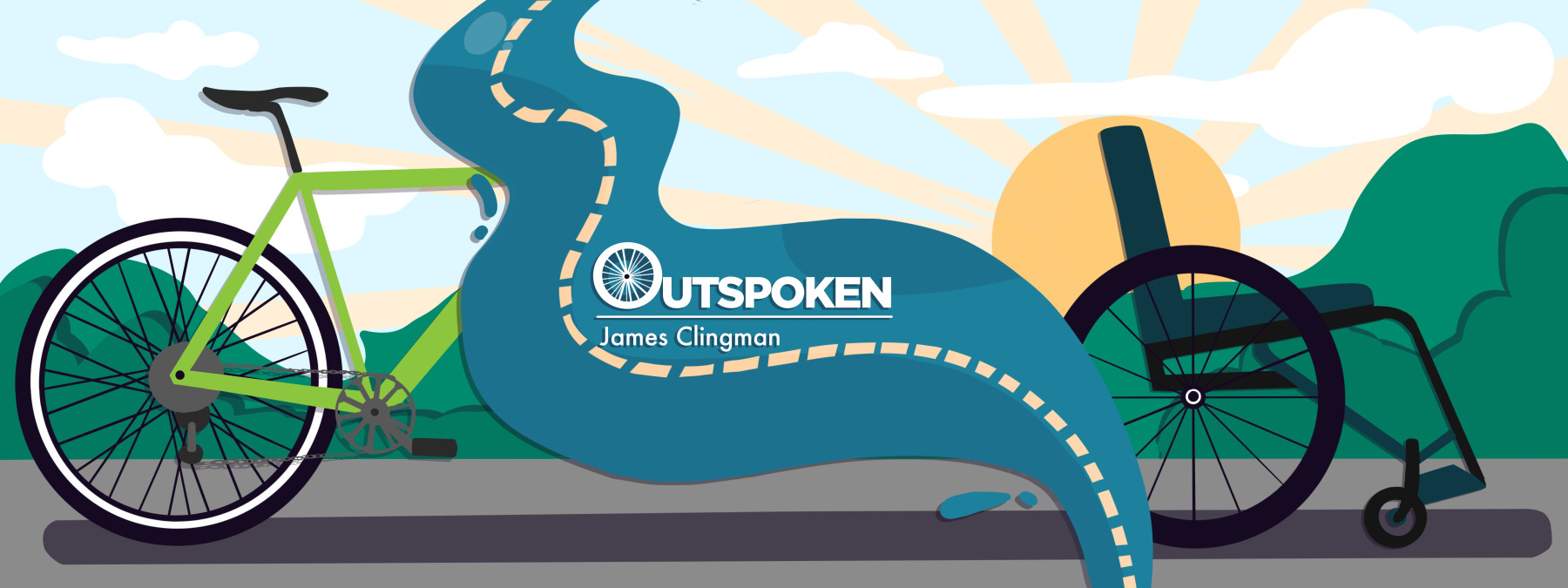How physical and occupational therapy improve my quality of life
With ALS, a little movement goes a long way to relieve discomfort

ALS patients have many wants and needs to make life a little easier and more comfortable. We know we can’t get everything, but it doesn’t hurt to try. So here it goes.
Our bodies were made to move; to be active rather than passive. Lack of movement leads to muscle atrophy, and atrophy can lead to contracture of the wrists and ankles, as well as frozen shoulders. I guess it’s an example of “if you don’t use it, you’ll lose it.”
ALS patients are particularly prone to limb contractures when the disease begins with a foot drop and works its way up the body. Of course, all patients are affected differently, but in my case, that’s how the progression went.
Now my head leans to the side, and I have to prop it up to relieve the discomfort. I truly believe I would resemble a pretzel if I didn’t receive therapy. The movement and stretching I receive keep my limbs and shoulders loose. Range of motion and muscle resistance exercises have really prolonged my quality of life.
My physical and occupational therapists are not only proficient, but also very personable. It always makes things easier when I know that others care. I’ve had the same two therapists for over five years, and they know me well. They work all the right joints and muscles — which are stressed but pain-free — and provide a high level of consistency and continuity of care.
I get an exercise regimen for my neck, shoulders, arms, and hands twice a week. I also get leg and ankle workouts twice a week. However, that isn’t enough. I learned that I need it daily, even if it’s a minimal amount.
The bad news is that insurance providers are reluctant to cover physical and occupational therapy unless Medicare is available, and even that can be problematic because the supplemental insurance might not pay for therapy. My initial insurance provider stopped paying for therapy, but we were able to find another one that did.
The good news is that even without insurance and professional therapeutic treatment, ALS patients and others who need it can get some movement and stretching from their caregivers. Attendants and relatives can lift the arms and legs, gently rub the back of the neck up and down, and move the feet back and forth to help with ankle pain.
I am not suggesting anything close to professional procedures. I am simply saying that a little movement is better than none at all. Sometimes all it takes is a slight adjustment or a small movement to make an ALS patient feel so much better and improve their quality of life.
ALS victims deserve as much comfort as possible while we wait for new solutions to our dilemma. We are in an unrelenting battle for minimum creature comforts. Our reality is this: We may not get everything we fight for, but we will continue to fight for everything we need. Please join us in our fight.
Note: ALS News Today is strictly a news and information website about the disease. It does not provide medical advice, diagnosis, or treatment. This content is not intended to be a substitute for professional medical advice, diagnosis, or treatment. Always seek the advice of your physician or other qualified health provider with any questions you may have regarding a medical condition. Never disregard professional medical advice or delay in seeking it because of something you have read on this website. The opinions expressed in this column are not those of ALS News Today or its parent company, BioNews, and are intended to spark discussion about issues pertaining to ALS.





Comments